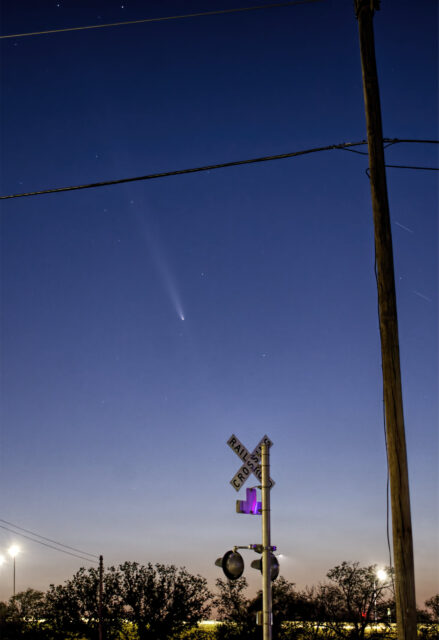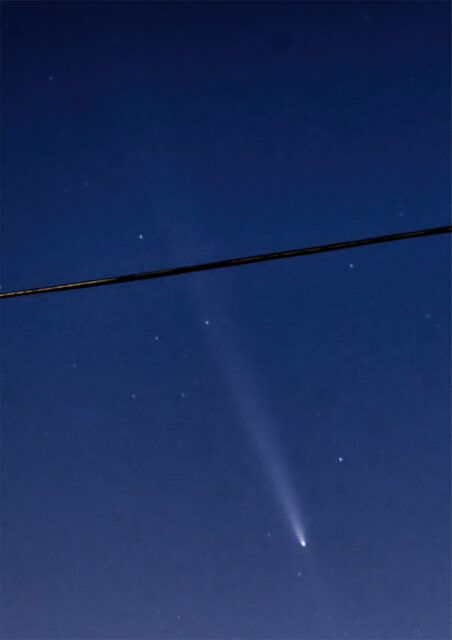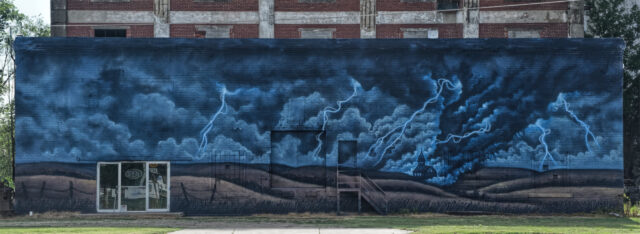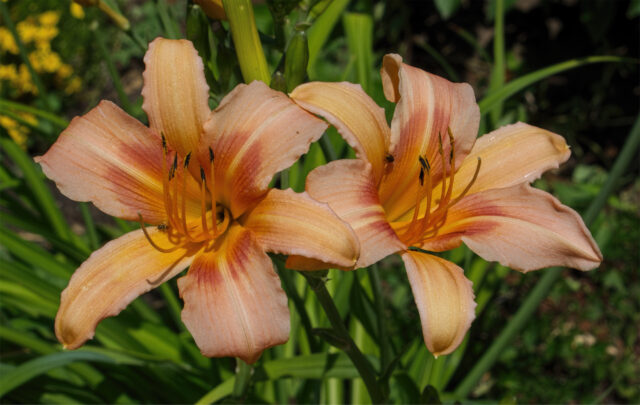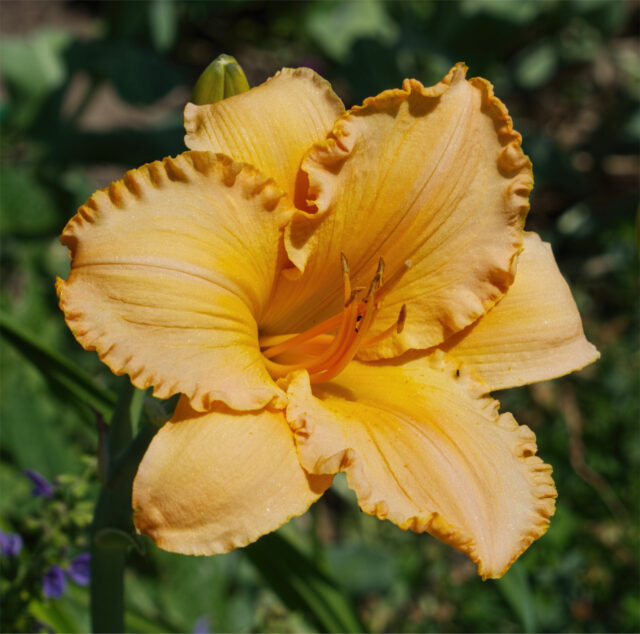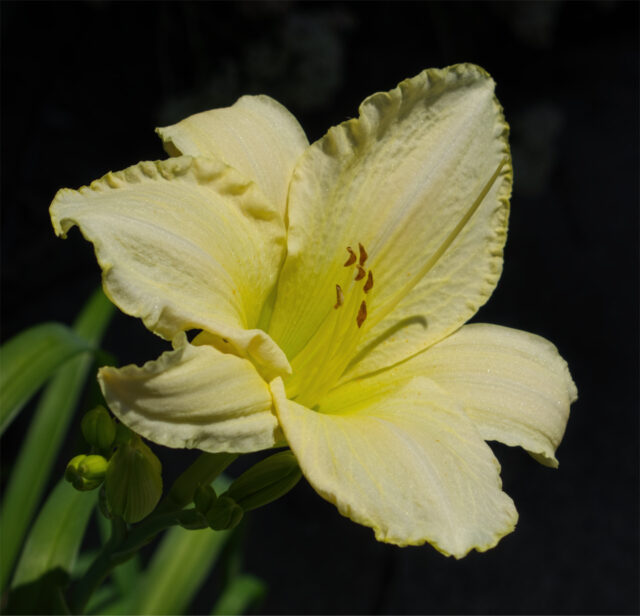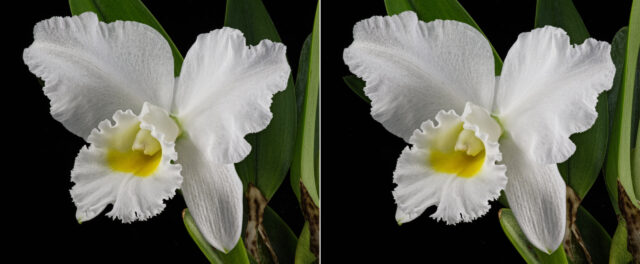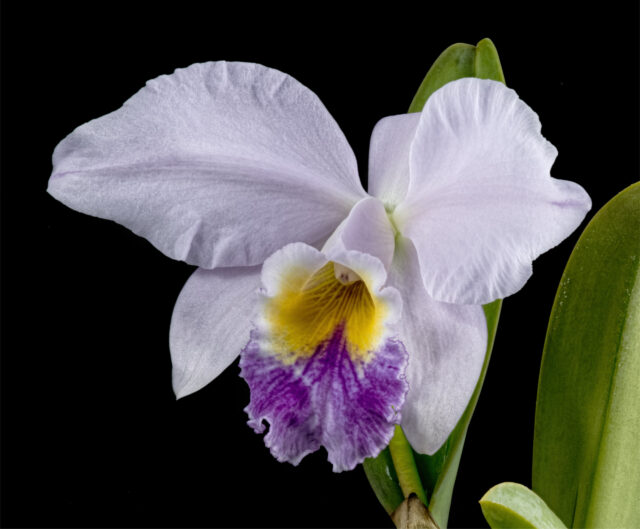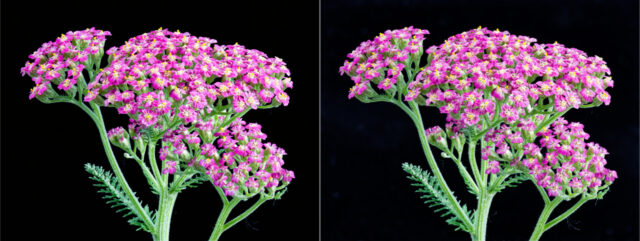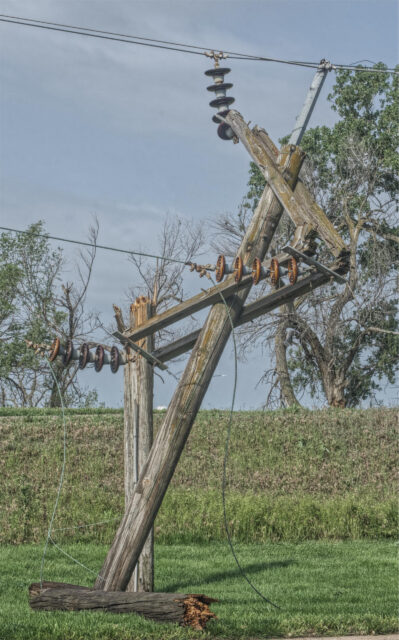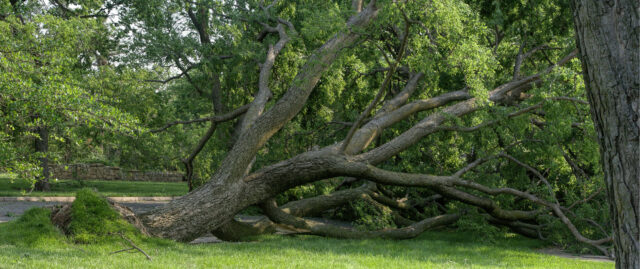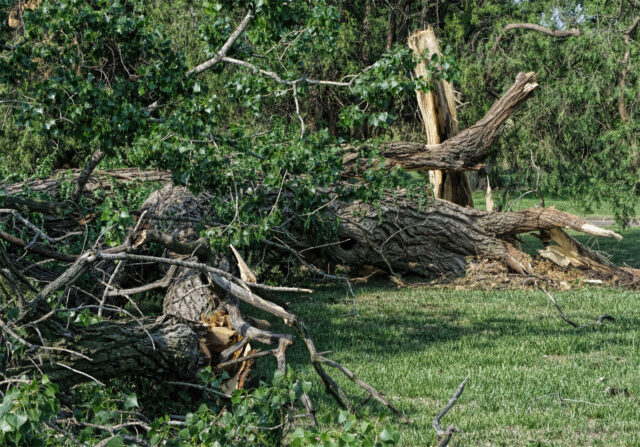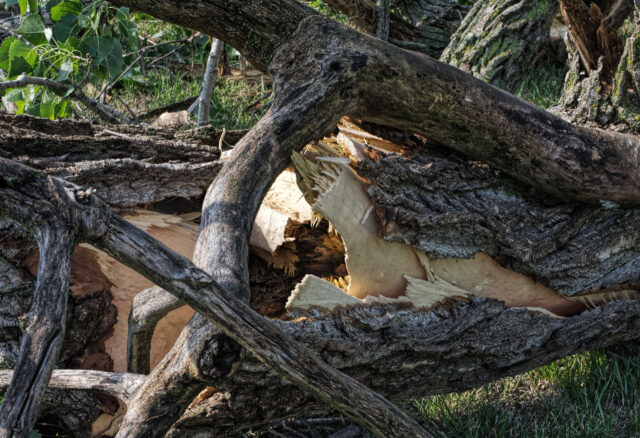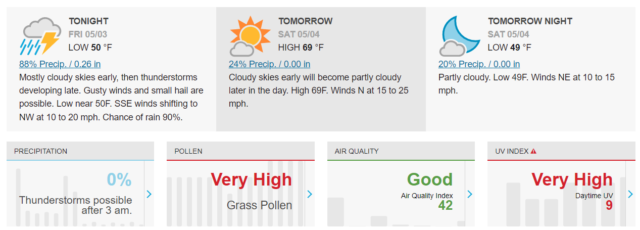A few weeks ago it was -10℉. Yesterday it was 80℉. Perhaps it’s now spring, but I don’t quite trust the weather.
Category: Photo gallery
Up and out
It’s been a while since I last visited the Cosmosphere, so I went there this past weekend to give my new used lens a workout.
Just a bit chilly
The last echinacea
-1℉
What month is it?
While most of the yard is dormant, one of the daffodils got the dates mixed up and is blooming now. Unless the temperature gets extremely cold soon, I should have flowers in the garden for Christmas.
Update, January 1, 2025: still blooming, but not for much longer. Snow and single-digit temperatures arrive Sunday, according to the weatherman.
The monochrome past

I’ve been scanning some of my old black and white pictures from back in the days of wet darkrooms and manual focus. Here are a few.
Visit from a dirty snowball
The skies this weekend were mostly clear after sunset, with just a few clouds at the west horizon. Those clouds were perfectly positioned to hide Comet Tsuchinshan-ATLAS, currently visiting our neighborhood, and I couldn’t see it, even though Venus and Arcturus were perfectly visible. Last night the sky was completely clear, and I finally could set up the tripod and get a few pictures. These were taken 45 minutes to an hour after sunset.
Tsuchinshan-ATLAS is no Hale-Bopp. It was barely visible to my bespectacled eye as a faint smudge, and I would not have noticed it if I hadn’t known where to look. In a place far from city lights someone with sharp eyes might possibly spot it, but most people will need binoculars or telescopes to see it.
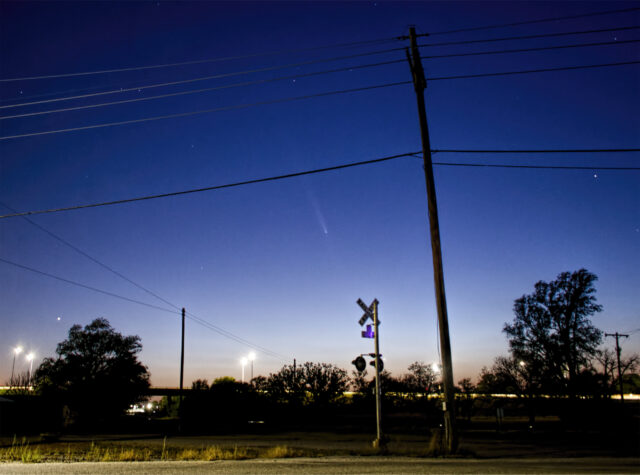
Right-click and open the images in a new window to see them at maximum size.
It’s that time of year …
… when I think of Alfred Hitchcock and Daphne du Maurier.
Around town
Conned
I spent last Saturday morning at the local comics1 convention, and grabbed a few pictures.
What color?
Horticulturalists see colors differently than most people. I’ve mentioned before that “coerulea” forms of orchids look lavender to me, not blue. Something similar happens with daylilies. This is “Hall’s Pink.”
Does that look pink to you? Parts of it may look a bit pinkish, but overall I’d call it orange.
“Artist Etching” is generally described as “pink.” Judge for yourself.
Meanwhile, “Snowy Apparition” is called “near white.”
Not very “near” to my eyes. I’ve seen pictures online in which it does look very pale, but the plant in my garden is definitely yellow.
It’s possible that in a different garden with different conditions, or photographed at different times of the day under different lighting, the colors may be truer to their descriptions, but calling these “pink” and “white” is wishful thinking. Still, even though the colors are not as advertised, they’re reliable plants that bloom well.
White enough to cross your eyes
A new orchid opened this week. It’s a Cattleya hybrid from Sunset Valley Orchids, “Lc. Arctic Moon ‘Rochelle’ x C. Ruth Gee ‘Diamond Jubilee’.” The picture is a cross-view stereo pair; to see the orchid in three dimensions, cross your eyes so that you right eye focuses on the left image, and vice versa. It’s easier to do than to explain how.
Another Catt hybrid, “C. mossiae f. coerulea ‘Blue Moon’ x L. sincorana f. coerulea ‘Dark Blue’,” is also in bloom. Fred Clarke listed this as a “blue” Cattleya, but it looks lavender to me.
If you’d like more practice crossing your eyes, here’s an Achillea:
Probability and weather
Sunday afternoon the weatherman declared that there was a 100% chance of rain that evening. As the afternoon became evening, that chance steadily diminished, and I figured we’d be lucky to get a trace of moisture. When the probability dipped down to 38% and it looked like everything was indeed going to miss us, I heard thunder. Then rain came, arriving horizonally at 86 mph.2 The wind uprooted trees all over town and snapped telephone poles. I was lucky and my place got almost no damage, but where the ash tree was that I used to see out the window while I sat at my desk is now just blue sky. The neighborhood did lose electricity for a day and a half — not surprising when the poles supporting power lines are broken into two or more pieces — but it’s back now. I was impressed with how quickly the worst of the mess on the street was cleared up. Yesterday morning, a fleet of pickup trucks from a nearby town brought a crew of about two dozen young men, who cleared the street and took chainsaws to the fallen trees and branches, leaving the debris neatly piled to be hauled away.
Stay far away from old cottonwood trees during stormy weather.
(The pictures were taken at a park at the other side of town but are representative of the storm damage.)
More snapshots
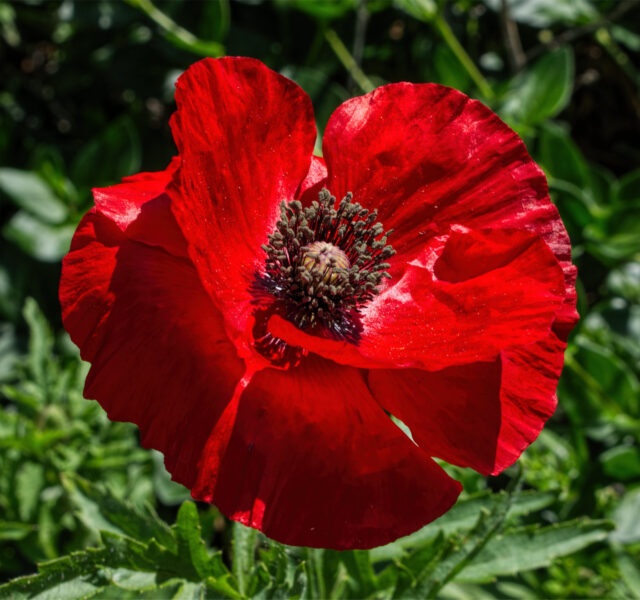
Eventually I’ll get back to books, music, animation and the collapse of civilization, but for the moment my focus is on my garden. Here are some recent pictures. There are more at my Flickr page.
So …
… will it rain? While much of the prairie has been getting an overabundance of weather, out here in the middle of nowhere there has been virtually nothing. April showers this year amounted to .16 of an inch. It’s dry, and we need some real rain, not just a bit of drizzle. Yesterday the weatherman predicted a 100% chance of rain tonight, and I thought, yeah, right. He’s predicted heavy rain many times this year, but as the moment approaches the probability diminishes, the “thunderstorms possible after” time gets later and later, and ultimately that inch of rain becomes just a trace, or nothing.
Tonight, however, it looks like rain might actually fall. The chance of rain is at 90%, not the 60% or 40% that it would typically have been reduced to by this time. The arrival time has been postponed to after 3 a.m. and the amount expected is down to a quarter inch, which are not good signs, but nevertheless it looks like we might get enough moisture to make a difference.
Update, the morning after: We got about an inch of rain, starting shortly after midnight.
Despite the dryness the garden is doing well. Snapshots are below the fold.








